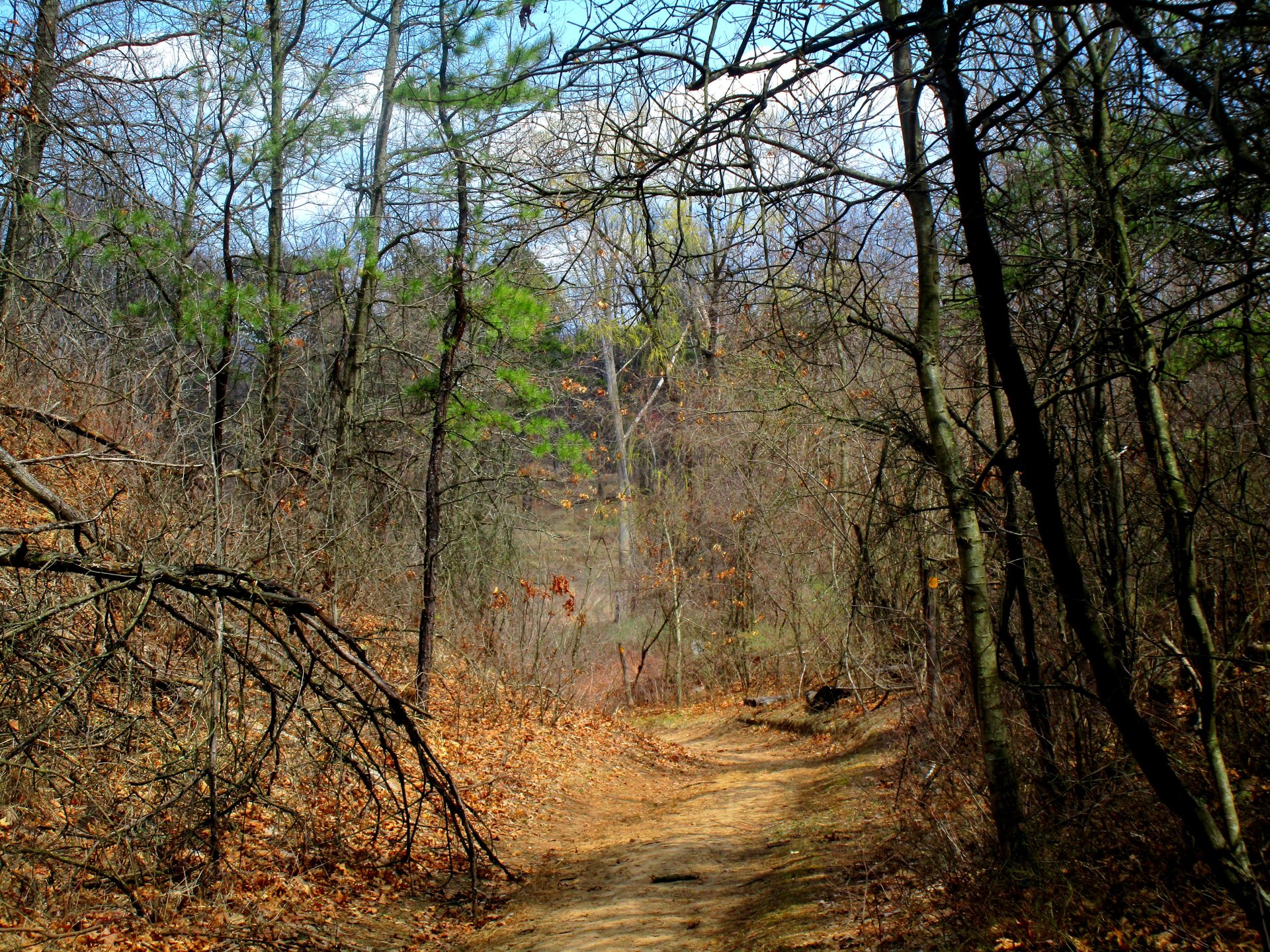by Tom Ellis
ALBANY, NY: Long time SPB member Tom Ellis spoke at the June 22 SPB virtual meeting. He reviewed the book, “A Wild Idea: How the Environmental Movement Tamed the Adirondacks” by Brad Edmondson, published last year. Tom discussed the same book at an in-person review on May 24 for the Friends of the Albany Public Library.
Tom said the title of the book (A Wild Idea) came from what, in the late 1960s, was a utopian belief: that a state agency could be established to successfully block, control, and regulate development in the six-million-acre Adirondack Park, and to perpetually preserve what makes the Adirondacks so special or even spiritual. A Wild Idea came out of the widely held belief of fifty years ago that government can be a positive force, that government can do things well.
The Adirondack Park Agency (APA) was conceived of as perhaps the only possible way to preserve the Adirondacks as an intact ecosystem. How else could millions of acres have been protected from imminent hyper and/or haphazard incremental development that would have ruined or wrecked a spectacular wilderness?
Mr. Edmondson asserted the APA could only have been established when it was–between 1968 and 1973–when the environmental movement that had been growing all through the 1960s, peaked in the United States.
He wrote the opening of the Adirondack Northway (Interstate 87) in 1967, and a proposal (quickly defeated) the same year by Larry Rockefeller, to turn the high peaks into a national park, signaled that threats to the Adirondacks were existential and something must be done quickly. These events led Larry’s brother, NY Governor Nelson Rockefeller, to appoint a Temporary Study Commission (TSC) on the Future of the Adirondacks in 1968 that gathered data, created maps, held hearings, and issued a report late in 1970 urging the state legislature create a new state agency–the APA–that would develop land use plans for public and private Adirondacks lands. The legislature established the APA in 1971 and two years later, approved legislation defining its responsibilities and duties. Edmondson wrote that when the APA was established, the Adirondack Park became the largest area in the United States subject to comprehensive land use controls.
The bulk of the book concerns the time period 1968-1973 and provides considerable detail about the inner workings of state and local governments in the Adirondacks during that era. The TSC commissioners and staff worked long hours under difficult conditions to complete their work, as did the early APA staff.
The book discusses the tug of war among powerful, mostly wealthy men, who staffed the TSC, DEC, and early APA. Many are familiar names to long-time SPB members; the Rockefeller brothers, Richard Lawrence, who conceived the Wild Idea, Harold Jerry, Harold Hochschild, Jim Loeb, George Davis, and Peter Paine.
Tom compared how the APA came into existence and what it does with efforts by Save the Pine Bush and the Albany Pine Bush Preserve Commission to preserve thousands of acres in the Pine Bush. More than 3500 acres are preserved with 2500 more identified for preservation.
Tom recommended SPB lobby the Albany County Legislature (ACL) to allocate $1 million annually to acquire Pine Bush lands in Albany County for preservation. He said SPB has many friends in the legislature, it should be easy to get sponsors, one million dollars is a tiny part of the county’s $750 million annual budget, the 2023 proposed budget will be issued in the fall followed by a public hearing, with the 2023 budget approved at a December ACL meeting.
During the questions and comments, Russell Ziemba pointed out an important omission from the book. Mr. Edmondston did not mention the Sacandaga Reservoir, completed about 1930 that flooded 42 square miles of Adirondack land. Tom agreed.
